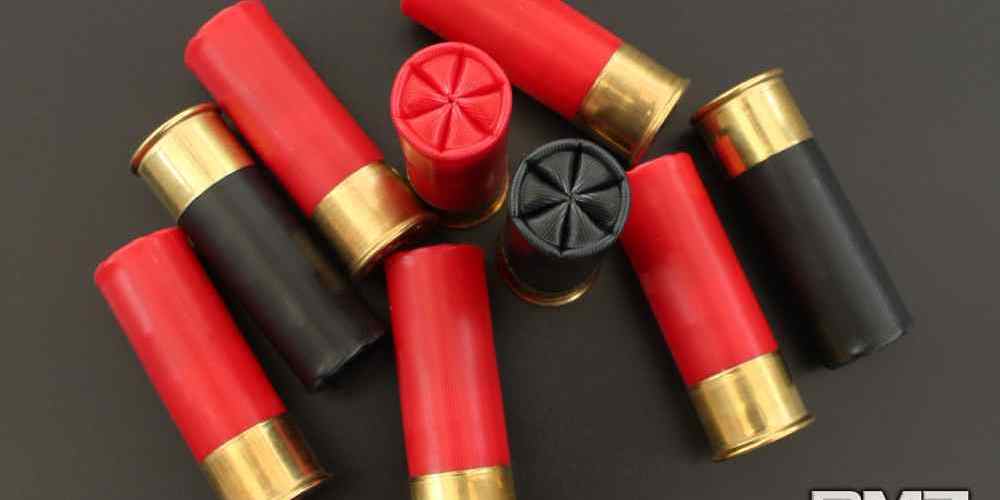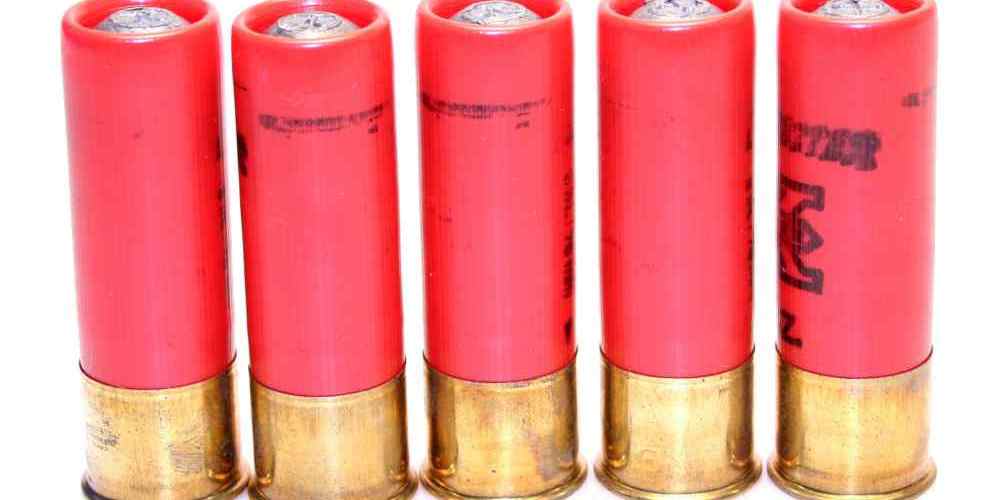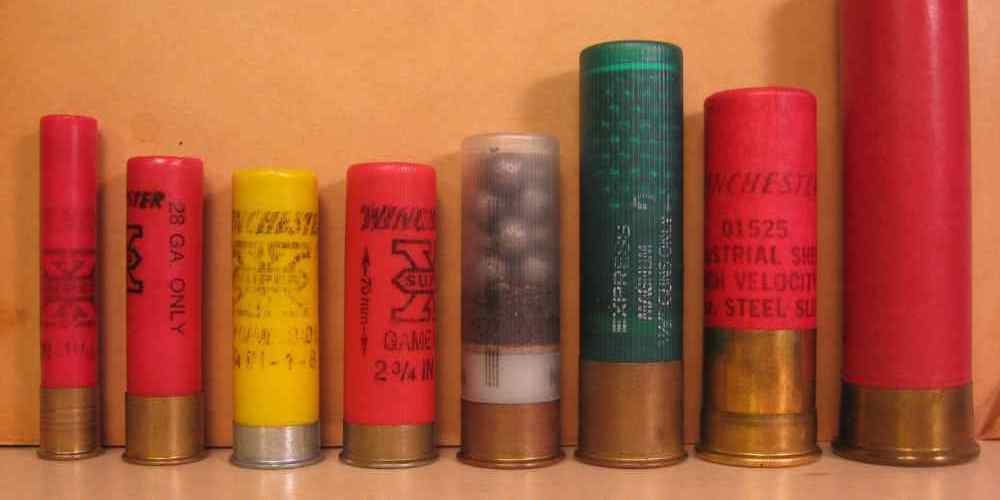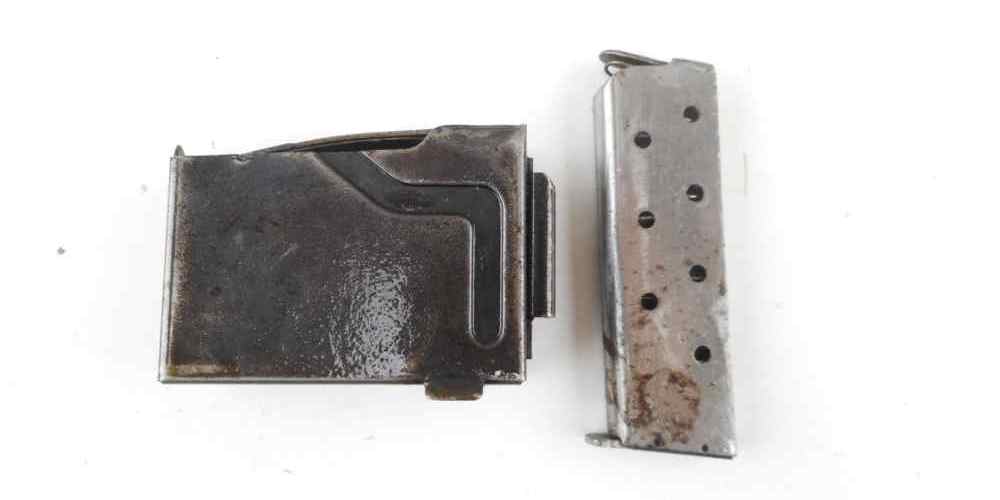“Evolution of firepower: tracing the journey from paper to plastic shotgun ammunition.”
Evolution of Shotgun Ammunition Materials
Shotguns have been a popular choice for hunters and sportsmen for centuries, thanks to their versatility and power. One key component of a shotgun is its ammunition, which has evolved significantly over time. In the early days of shotgun shooting, paper hulls were the norm. These hulls were made from rolled paper, which was then folded and crimped to hold the shot and gunpowder in place.
Paper hulls were effective at the time, but they had their drawbacks. They were prone to moisture damage, which could affect the performance of the ammunition. Additionally, paper hulls were not as durable as modern materials, making them less reliable for long-term storage. As technology advanced, manufacturers began to experiment with different materials to improve the performance of shotgun ammunition.
One of the first major advancements in shotgun ammunition materials was the introduction of brass hulls. Brass is a durable and corrosion-resistant material that provided a more reliable option for shotgun shooters. Brass hulls were also easier to reload, allowing shooters to reuse their ammunition multiple times. However, brass hulls were heavier than paper hulls, which could affect the overall weight and balance of the shotgun.
In the mid-20th century, plastic became the material of choice for shotgun ammunition. Plastic hulls offered several advantages over paper and brass, including increased durability, moisture resistance, and lighter weight. Plastic hulls were also easier and cheaper to manufacture, making them a more cost-effective option for shooters.
One of the most significant advancements in plastic shotgun ammunition was the introduction of the shot cup. The shot cup is a plastic insert that sits between the shot and gunpowder in the shell. It helps to protect the shot from deformation during firing, resulting in tighter shot patterns and improved accuracy. Shot cups also reduce recoil and muzzle blast, making shooting more comfortable for the shooter.
Another key development in plastic shotgun ammunition was the introduction of wads. Wads are plastic inserts that sit between the shot and gunpowder in the shell. They help to cushion the shot, reduce recoil, and improve shot patterns. Wads also help to seal the gases produced during firing, which can increase the velocity and range of the shot.
Today, plastic shotgun ammunition is the standard choice for most shooters. Manufacturers continue to innovate and improve upon existing designs to create ammunition that is more reliable, accurate, and efficient. From high-performance loads for competitive shooting to affordable options for casual hunters, there is a wide range of plastic shotgun ammunition available to suit every shooter’s needs.
In conclusion, the evolution of shotgun ammunition materials has been a fascinating journey. From humble paper hulls to advanced plastic designs, shotgun ammunition has come a long way in terms of performance and reliability. Whether you are a seasoned shooter or just starting out, there is a wide range of options available to help you get the most out of your shotgun. So next time you load up your shotgun, take a moment to appreciate the history and innovation that has gone into creating the ammunition in your hands.

Impact of Plastic Hulls on Shotgun Ammunition
Shotgun ammunition has come a long way since its inception, with advancements in technology and materials leading to more efficient and effective rounds. One of the most significant changes in shotgun ammunition history has been the transition from paper hulls to plastic hulls. This shift has had a profound impact on the performance and versatility of shotgun ammunition.
Plastic hulls were first introduced in the mid-20th century as a more durable and weather-resistant alternative to traditional paper hulls. The use of plastic allowed for tighter seals, which in turn improved the overall performance of shotgun rounds. Plastic hulls also provided better protection against moisture and humidity, reducing the risk of misfires and ensuring consistent performance in various weather conditions.
Another advantage of plastic hulls is their ability to withstand higher pressures, allowing for more powerful loads to be safely fired from shotguns. This increased strength and durability have made plastic hulls the preferred choice for many hunters and shooters who require reliable and high-performance ammunition.
In addition to their performance benefits, plastic hulls have also had a positive impact on the environment. Unlike paper hulls, which can take years to decompose, plastic hulls are recyclable and can be reused multiple times. This has helped reduce the amount of waste generated by shotgun ammunition, making plastic hulls a more sustainable option for environmentally conscious shooters.
The introduction of plastic hulls has also led to innovations in shotgun ammunition design. Manufacturers have been able to experiment with different materials and configurations, resulting in rounds that are more accurate, consistent, and reliable. Plastic hulls have allowed for the development of specialized shotgun loads for specific purposes, such as hunting, target shooting, and self-defense.
One of the most significant advancements in shotgun ammunition made possible by plastic hulls is the development of non-toxic shot. Traditional lead shot has long been a concern for environmentalists due to its harmful effects on wildlife and the ecosystem. Plastic hulls have enabled the use of alternative materials, such as steel, bismuth, and tungsten, which are safer for the environment while still providing effective performance.
Overall, the transition from paper hulls to plastic hulls has had a profound impact on shotgun ammunition, leading to improved performance, versatility, and sustainability. Plastic hulls have revolutionized the way shotgun rounds are manufactured, providing shooters with more reliable and effective ammunition options. As technology continues to advance, we can expect to see even more innovations in shotgun ammunition design, further enhancing the shooting experience for hunters and shooters alike.
Historical Development of Shotgun Ammunition
Shotguns have been a popular choice for hunters and sportsmen for centuries, thanks to their versatility and power. One key component of a shotgun is its ammunition, which has evolved significantly over time. In this article, we will explore the history of shotgun ammunition, from the early days of paper hulls to the modern era of plastic shells.
In the early days of shotgun shooting, ammunition was quite different from what we are familiar with today. Paper hulls were the norm, with gunpowder and shot packed inside. These paper hulls were not very durable and had a tendency to break apart, leading to inconsistent performance. Despite their shortcomings, paper hulls were the standard for many years.
As technology advanced, so did shotgun ammunition. In the late 19th century, manufacturers began experimenting with different materials for shotgun shells. One of the most significant developments was the introduction of brass hulls, which were more durable and provided better performance than paper hulls. Brass hulls also allowed for higher pressures, resulting in increased velocity and range.
However, brass hulls were not without their drawbacks. They were expensive to produce and were prone to corrosion. As a result, manufacturers continued to search for a better alternative. In the mid-20th century, plastic shells emerged as the new standard for shotgun ammunition.
Plastic shells offered several advantages over brass and paper hulls. They were lightweight, inexpensive to produce, and resistant to corrosion. Plastic shells also allowed for more consistent performance and tighter patterns, making them a popular choice among shooters.
Today, plastic shells are the most common type of shotgun ammunition on the market. They come in a variety of sizes and configurations, from birdshot for hunting small game to slugs for big game hunting. Plastic shells are also available in different colors, making it easy for shooters to identify their preferred load.
Despite the prevalence of plastic shells, there are still some shooters who prefer the nostalgia of paper hulls. Paper hulls are making a comeback in recent years, with some manufacturers producing specialty loads for collectors and enthusiasts. While paper hulls may not offer the same performance as plastic shells, they have a certain charm that appeals to traditionalists.
In conclusion, the history of shotgun ammunition is a fascinating journey from the early days of paper hulls to the modern era of plastic shells. Each type of ammunition has its own unique characteristics and advantages, but all have played a crucial role in the development of the shotgun as we know it today. Whether you prefer the reliability of plastic shells or the nostalgia of paper hulls, one thing is certain – shotgun ammunition will continue to evolve and improve as technology advances.
Advantages and Disadvantages of Paper Hulls vs. Plastic Hulls
Shotgun ammunition has come a long way since its inception, evolving from paper hulls to modern plastic hulls. Each type of hull has its own set of advantages and disadvantages, which have influenced the way shooters choose their ammunition. In this article, we will explore the history of shotgun ammunition and compare the pros and cons of paper hulls versus plastic hulls.
Paper hulls were the standard for shotgun ammunition for many years. They were inexpensive to produce and easy to recycle, making them a popular choice among shooters. However, paper hulls had their drawbacks. They were prone to moisture damage, which could cause them to swell and become difficult to load into the shotgun. Additionally, paper hulls were not as durable as plastic hulls, leading to more frequent jams and misfires.
In the mid-20th century, plastic hulls began to gain popularity among shooters. These hulls were more resistant to moisture damage and provided a tighter seal, resulting in better shot patterns and increased accuracy. Plastic hulls were also more durable than paper hulls, reducing the likelihood of jams and misfires. However, plastic hulls were more expensive to produce and were not as environmentally friendly as paper hulls.
Despite the advantages of plastic hulls, some shooters still prefer the nostalgia and simplicity of paper hulls. Paper hulls are biodegradable and can be easily recycled, making them a more sustainable choice for environmentally conscious shooters. Additionally, some shooters believe that paper hulls provide a softer recoil and a more traditional shooting experience.
On the other hand, plastic hulls offer a number of benefits that make them a popular choice among modern shooters. Plastic hulls are more durable and less prone to moisture damage, resulting in fewer jams and misfires. Additionally, plastic hulls provide a tighter seal, leading to better shot patterns and increased accuracy. While plastic hulls may be more expensive than paper hulls, many shooters are willing to pay the extra cost for the improved performance and reliability.
In conclusion, both paper hulls and plastic hulls have their own set of advantages and disadvantages. Paper hulls are inexpensive and environmentally friendly, but they are prone to moisture damage and less durable than plastic hulls. Plastic hulls are more durable and provide better performance, but they are more expensive and less environmentally friendly than paper hulls. Ultimately, the choice between paper hulls and plastic hulls comes down to personal preference and shooting style. Whether you prefer the nostalgia of paper hulls or the performance of plastic hulls, both types of ammunition have their own unique characteristics that make them suitable for different types of shooters.
Innovations in Shotgun Ammunition Technology
Shotguns have been a popular choice for hunters and sportsmen for centuries, thanks to their versatility and power. One key component of a shotgun is its ammunition, which has evolved significantly over time. In this article, we will explore the history of shotgun ammunition, from the early days of paper hulls to the modern era of plastic shells.
In the early days of shotgun shooting, ammunition was made using paper hulls. These hulls were filled with black powder and shot, and were sealed with a wad to keep the contents in place. While effective, paper hulls had their drawbacks. They were prone to moisture damage, which could affect the performance of the ammunition. Additionally, they were not as durable as modern plastic shells, making them less reliable for repeated use.
As technology advanced, so did the materials used in shotgun ammunition. In the late 19th century, manufacturers began experimenting with brass hulls as an alternative to paper. Brass was more durable and resistant to moisture, making it a popular choice among shooters. However, brass hulls were heavier and more expensive than paper, limiting their widespread adoption.
The next major innovation in shotgun ammunition came in the mid-20th century with the introduction of plastic shells. Plastic offered a lightweight and cost-effective alternative to brass, making it the preferred choice for many shooters. Plastic shells were also more versatile, allowing for a wider range of loads and shot sizes to be used in a single shell.
One of the key advantages of plastic shells is their ability to be reloaded multiple times. Unlike paper and brass hulls, which were often discarded after a single use, plastic shells could be reloaded with new shot and powder, extending their lifespan and reducing waste. This made plastic shells a more sustainable option for shooters who wanted to minimize their environmental impact.
In addition to their durability and versatility, plastic shells also offered improved performance on the range. The smooth surface of plastic reduced friction as the shell traveled down the barrel, resulting in more consistent patterns and better accuracy. This made plastic shells a popular choice for competitive shooters who demanded the highest level of performance from their ammunition.
Today, plastic shells are the standard choice for shotgun ammunition, with a wide range of options available to suit different shooting needs. From target loads for clay shooting to heavy magnum loads for hunting big game, shooters can find a plastic shell to meet their specific requirements. Manufacturers continue to innovate, developing new materials and technologies to improve the performance and reliability of shotgun ammunition.
In conclusion, the history of shotgun ammunition is a story of innovation and progress. From the early days of paper hulls to the modern era of plastic shells, shooters have benefited from advancements in materials and technology. Plastic shells offer durability, versatility, and performance that make them the preferred choice for shooters around the world. As technology continues to evolve, we can expect even more exciting developments in shotgun ammunition in the years to come.





